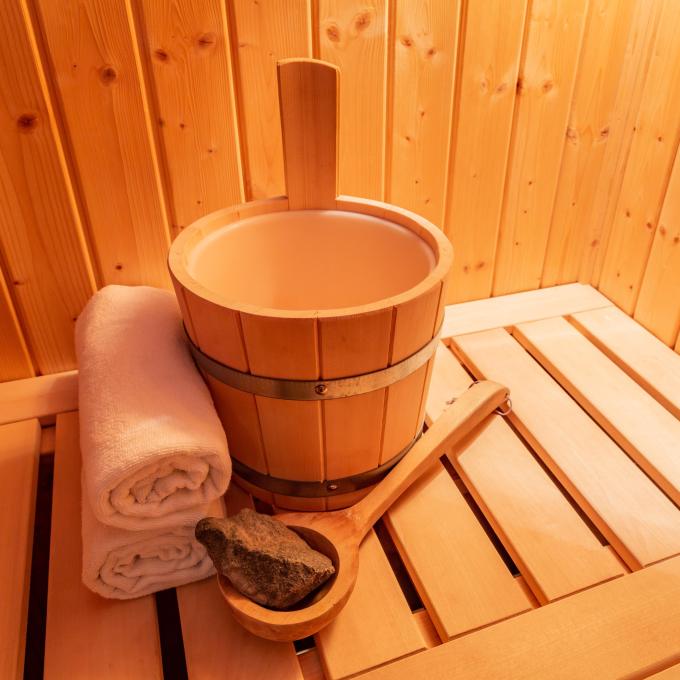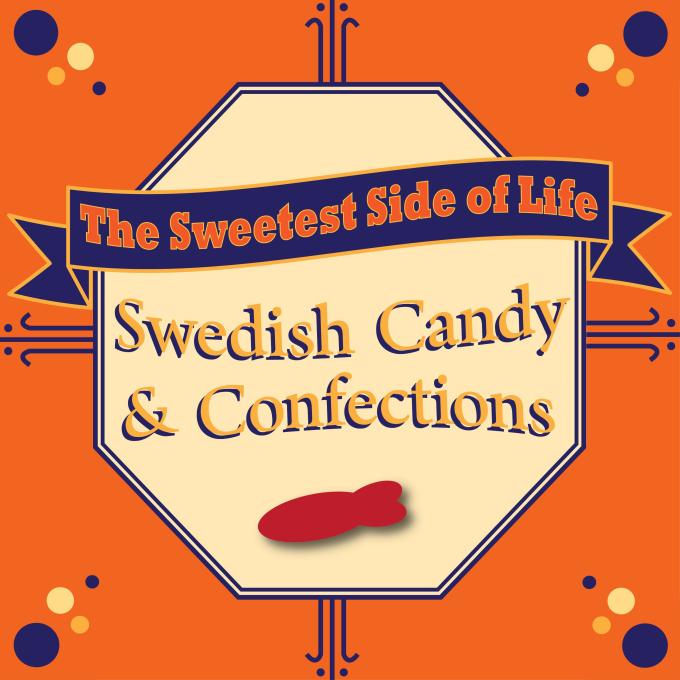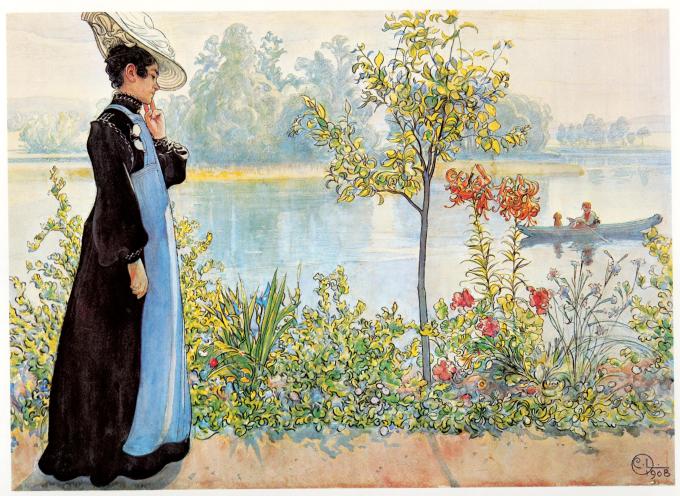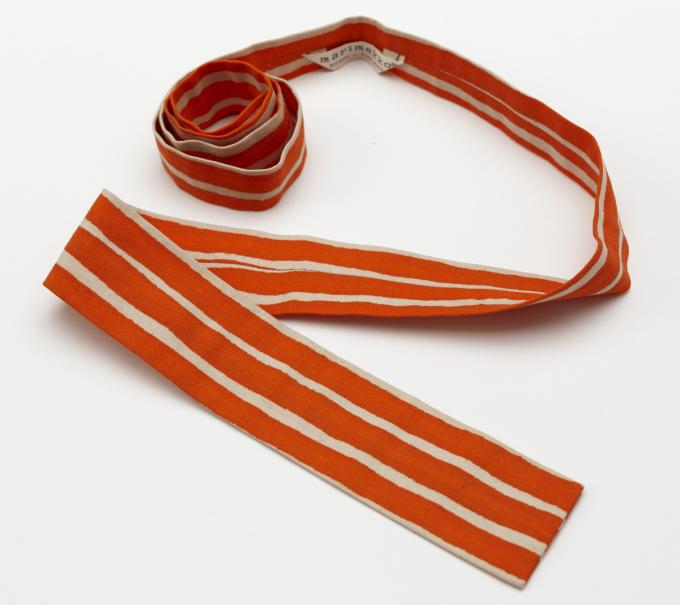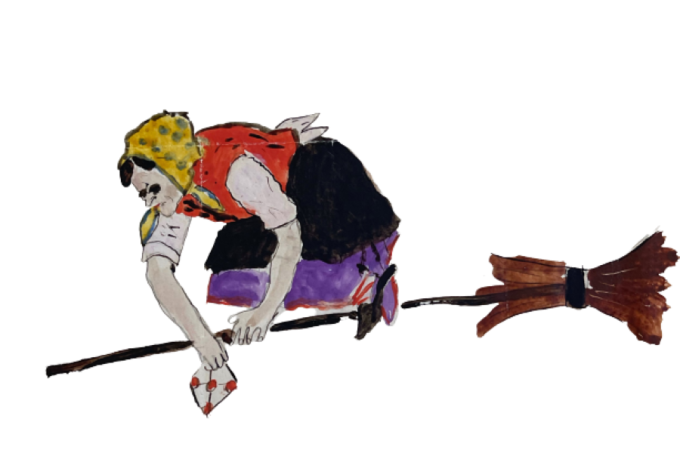Beginning in March ASHM’s changing exhibition gallery will host a community exhibition Through the Eyes of Philadelphia’s New Americans: Art, Resilience, and Community from our Philadelphia neighbor SEAMAAC. This exhibition includes art pieces created as part of SEAMAAC resilience art programs over the past five years.
From the age of the Vikings to the settlers of the New Sweden Colony (1638-1655), to contemporary issues in Scandinavian society, the American Swedish Historical Museum will take you back in time and across the sea to learn the stories of Swedes in America.
Past Exhibitions
The act of taking a sauna is an inherent part of the Finnish culture. The tradition stretches back almost 10,000 years – the earliest examples of sauna culture are from 7,000 BC. Finns bring sauna wherever they go, including the United States, and the tradition still thrives in certain regions of America where many Finnish people have settled. Sauna is Life: Sauna Culture in Finland explores the Finnish sauna tradition with a model sauna and sauna objects as well as stories, photos, and videos shared with us from home and abroad.
The Sweetest Side of Life: Swedish Candy and Confections is a new pop-up exhibition at the American Swedish Historical Museum featuring the collection of Tyler Graybeal, owner of Sweetish–Swedish Candy and Goods. Tyler is an avid collector of vintage Swedish Candy tins, wrappers, bottles, postcards, and advertisements. Though candy is a major part of Swedish culture, it is more than just a sugary indulgence. It reflects the nation's emphasis on togetherness, balance, and the celebration of life's little pleasures.
Swedish Folk Weavings for Marriage, Carriage, and Home is an exhibition of rare and artful cushions and bed covers woven by women for their households. Many have inscribed dates ranging from 1750 to 1840. Such textiles were used on or displayed for special occasions and were a significant form of decoration for the typical household. The design elements and patterns reflect the influence of centuries of trade since the Viking era.
While weaving rugs for the Larsson family’s home, a weaver happened to make a mistake urging Karin Larsson to remark “Continue… let the hand be seen”.
For over 70 years, Marimekko has infused art into the clothes and interiors of our everyday lives. Rising from the ashes of WWII, Marimekko’s colorful fabrics and openness to experimentation brought together the textile traditions of Finland with innovative and bold designs based on the changing tastes and aesthetics of the contemporary art world.
The American Swedish Historical Museum is proud to present Art for All: The Swedish Experience in Mid-America, an exhibition of paintings and sculptures by Swedish-American artists in the late-19th and early-20th centuries. This colorful and emotive impressionist art reflects its own time, interprets nature and landscape, and is independent of artificial conventions while keeping Swedish folk traditions alive.
Discover the Swedish mumming tradition of the Easter Witch (påskkäring) through a family’s handmade Easter letters (påskbrev). This exhibition will trace the traditions of the Easter Witch from the persecution of witches in the 18th century to the present-day celebration where children travel door-to-door collecting candy. Easter letters given to children during the holiday brought joy and fear, as the frightening images depicted witches flying to Blåkulla (Blue Hill), where they danced and dined with the Devil.


